Silk Reeling
Silk reeling refers to a set of internal (neigong) movement principles expressed in traditional styles of tai chi chuan. It is especially prevalent in Chen and Wu styles. As the silkworm lava wraps itself in its cocoon, it twists and spirals itself, neither too fast nor too slow. In order to draw out the silk successfully the action must be smooth and consistent without jerking or changing direction sharply. Too fast, the silk breaks, too slow, it sticks to itself and becomes tangled. Putting silk reeling into tai chi practice, movements patterns are continuous, cyclic and spiralling. Movement is performed at constant speed with the lightness of drawing silk. Silk reeling is practised individually or with a partner, in the form of pushing hands.
Pushing Hands
Pushing hands (often referred to as ‘listening hands’) is practised to gain greater understanding of the martial aspects of tai chi. It explores concepts such as leverage, reflex, sensitivity, timing, coordination and positioning. Pushing hands works to undo a person's natural instinct to resist force with force, teaching the body to yield to force and redirect it. Push hands allows students to learn how to respond to external stimuli using techniques from their forms practice. Among other things, training with a partner allows a student to develop listening power (ting jing), the sensitivity to feel the direction and strength of a partner's intention. Students who practice pushing hands learn to generate, coordinate and deliver power to another and also how to effectively neutralise incoming forces in a safe environment.
There are six methods to silk reeling energy: inner, outer, upper, lower, forward and backward. This energy can be applied through the arms, legs, hips, or waist. The body is constantly moving, but remains rooted and stable.
There are three primary principles of pushing hands:
Rooting - Stability of stance, a highly trained sense of balance in the face of force.
Yielding - The ability to flow with incoming force from any angle. The practitioner moves with the attacker's force fluidly without compromising their own balance.
Release of Power (Fa Jing) - The application of power to an opponent. Even while applying force in push hands one maintains the principles of yielding and rooting at all times.
Practising silk reeling and push hands brings greater awareness to the Thirteen Energies. It assists in:
Understanding Tai Chi Principles:
Push hands helps solidify the understanding of the four main principles of Tai Chi movement: Ward Off (Peng), Roll Back (Lu), Press Forward (Ji), and Press Downward (An). It also teaches the four secondary principles when doing the Da Lu Push hands form: Pluck (Cai), Split (Lieh), Elbow (Jo), and Shoulder (Kow).
Improving Posture and Body Mechanics:
By engaging in push hands, practitioners learn the correct alignment of their bodies and how to maintain balance while moving. This practice reinforces the proper posture required for the Tai Chi form.
Developing Softness and Responsiveness:
Push hands encourages practitioners to be soft, relaxed, and responsive to their partner's movements. This is essential for effectively using Tai Chi techniques in a practical way, as it teaches how to yield and redirect force rather than resisting.
Enhancing Connection and Understanding:
Push hands involves making contact with another person and sensing their movement. This practice helps develop sensitivity and a deeper understanding of how forces interact, both within oneself and between individuals.
Practical Application of Form:
Push hands training helps make the solo Tai Chi form come alive by providing a practical application of the principles learned in the form

